Boundaries of human interventions
During the first International Wilderness Week, he did not only have over 80 presentations, but there were also plenty of interesting and heated discussions happening behind the scenes. One of the these discussions about human intervention in Wilderness took place between two of our panelist of the opening session: Max Rossberg, Chairman of the European Wilderness Society, and Geoff Law, Wilderness conservationist, author and activists. The starting point was Geoff’s presentation about the Wilderness World Heritage in Tasmania.
The presentation raised the question whether Wilderness stewards should fight the consequences of human-made climate overheating in Wildernesss areas. The immense bushfires in Australia earlier this year have shown that the climate crisis will irreverseibly alter this world and that it can cause unbelievable damage. Nevertheless, one of the core principles of Wilderness is non-intervention, which also applies to bushfires. So, what is the right way to go forward here? Let´s see what these experts had to say:
Wilderness means no human intervention
Hi Geoff,
You raised a very important issue which we encounter more and more. Should we intervene in Wilderness areas to mitigate human caused climate change effects? The real question these human intervention measures raise are threefold:1) What is driving the intervention? Do we want to correct our own mistake of causing the climate crisis? Or is the drive to conserve a status quo we have accustomed to?
2) What is the ultimate objective of these interventions and can this objective be reached with a high degree of certainty? Can we really save certain species by fighting forest fires and for how long do we need to do this? Are we sure that these species will not survive despite the fires? Are we not altering the status of a Wilderness by undertaking the interventions? Do we not again make the mistake of intervening (albeit with a good reason) instead of letting nature cope with the change by itself?
3) What are the red lines of interventions? If for example climate change causing sea level to rise will we build dams and dykes around wilderness coast lines? If fighting forest fires demands building roads and logging fire control corridors will we accept that? What is the loss of wildness we are willing to accept to save a specific species?
We all are stunned and frustrated how our nature changes due to climate change caused by our own irresponsible actions. But we must be careful that our good intention causes not the very destruction of what we want to save: WIILDERNESS, an undefined open-ended natural process.
Max Rossberg
Danger of ecological fatalism
We have to be wary of developing a culture of ecological fatalism when it comes to wilderness. That is, ‘just let things proceed while humanity stands back and watches. Nature took 4 billion years to create these things, so who cares if it takes another 4 billion years to restore them?’
Why is an intervention to save a species from a human-induced bushfire not acceptable, but an intervention to stop human-induced construction of a hydro dam okay? It can be argued that nature can deal with both events. Who cares if it takes 10 million years to do so? Doesn’t such an attitude render the whole notion of protecting nature as meaningless?
Wilderness areas are inseparable from the life forms and land forms within them. If these face permanent obliteration from climate-change-induced mega-fires (or other unnatural phenomena), is it ethical to stand by and watch their destruction just to be consistent with a particular concept of wilderness? We are not talking about just a change in the distribution or abundance of certain life forms – we are contemplating their extinction.
For many of us, the motivation to protect Wilderness stems from intimate knowledge of the attributes within wilderness. Picture books of Wilderness abound with photos of the forests, trees, mosses, lichens, bears, wolves, flowers and fish whose survival requires protection of large natural landscapes. These images have motivated generations of people to stand up to corporations and governments in defence of Wilderness. To say that a particular ideal of Wilderness transcends the importance of the extraordinarily beautiful trees, animals and grasslands within wilderness seems self-defeating to me.
Wilderness concepts differ
Europe has a Europe wide protection system for protecting flora and fauna from extinction called the Habitat Directive. It is species-oriented and provides money and resources to improve the conservation status of red-listed species. It has a very positive impact but also had quite a few missteps since it only looks at individual species. This has sometimes caused other species to suffer just to save the species of interest.
Hence, it is NOT compatible with Wilderness.Our abilities as ecosystem engineers has effectively left no place on Earth untouched from human intervention. Some more than others but the net result has always been a change in the natural process. But it was these natural undefined and not species-oriented processes that created the natural world of today.
The questions therefore arises where Wilderness begins and where it ends. Is Tasmania not a Wilderness anymore because the forest will disappear or is the century of climate overheating just a glimpse in the large scheme of our earth´s history? Fire creates new habitats for new species, fire modifies the landscape but does not destroy nature. It creates a new nature, which often is at odds with our current view on what nature should look like.
Nature is resilient to all changes. It will adapt and change and ultimately survive. Species will disappear and new ones will appear. I therefore think we should have allow 2-3% of the earth’s landscape to continue to adapt to the changes without us intervening so we can learn and observe how the natural processes deal with our onslaught on nature. In the other 97%, we should intervene including fighting fires to save forests which we need to mitigate climate change and sometimes even moving species to another area to save them from extinction. The scope of this is determined by science and the public will to support it.
Max Rossberg
We need human intervention to save species
First, let me give some background to the commonly shared understanding of Wilderness in Australia. The term pertains to large natural areas whose interior has a high degree of remoteness from infrastructure (dams, roads, agriculture, mines, towns) created by modern-day humanity.
A fundamental difference in our approaches seems to be that you define a Wilderness according to the treatment it is given (i.e. lack of human intervention) whereas, for significant other parts of the movement, Wilderness is an actual physical setting, defined by qualities such as remoteness and naturalness.
It seems to me that your description of how Wilderness areas should be treated enshrines the danger of ecological fatalism. The notion that nature will eventually cure all wounds, so why worry. An attitude of indifference to the life-forms within a Wilderness area. A blase attitude to the impacts (including extinction of species) of intense mega-fires that are the result of climate change.
I used the example of fire as a phenomenon where intervention is sometimes required because it is the most compelling one in Australia (not just Tasmania). As you point out, fire can be a natural element of an ecosystem. Not all wild fires should be extinguished. Some ecosystems thrive on fire. All Australian park-management agencies and major conservation groups have long accepted the role of fire in wilderness areas. But that’s not what my warnings are about. Under climate change, we are seeing longer, drier and hotter summers, often preceded by periods of intense drought. We saw the result of this on the eastern seaboard of Australia in 2020. Over 18 million hectares burnt; a billion animals, birds and reptiles killed; rainforests destroyed. The fire burnt into places that had remained moist and protected for eons. These impacts were anticipated but were not natural.
The Wollemi pine (endemic to New South Wales) is a species little changed since the Cretaceous, and discovered only in 1994 due to the seclusion and ruggedness of its location. In other words, the species has persisted because of the wilderness condition of the landscape within which it occurs. Without intervention, stands of this rare and beautiful tree would have been killed in 2020 by fires penetrating its canyon refuge for the first time in millenia. The area is Wilderness, so according to the approach you advocate, humanity would have let these rare, ancient trees burn. It seems to me to be immoral to allow the extinction of species simply to be true to a particular ideal. This is just one example of a species that owes its survival to wilderness but whose future existence requires certain interventions.
You seem to argue in favour of allowing ‘2-3% of the earth’s landscape to continue to adapt to the changes without us intervening just so we can learn and observe how the natural processes deal with our onslaught on nature ‘. So we stand back and watch as unique life forms are obliterated in order to learn and observe? To me, this seems voyeuristic. We already know what’s going to happen – ecosystems will be lost; species will be brought closer to extinction. You say ‘the other 97%’ can be where intervention occurs to protect forests and other ecosystems. The other 97%? Really? The ‘other 97%’ does not consist of ecosystems managed in an enlightened fashion for their biodiversity.
The ‘other 97%’ is dominated by vast tracts of land plundered for resources or developed for human exploitation – farms, roads, mines, cities, towns, ports, suburbs, dams, plantations, logged forests and over-grazed properties. That’s why the objective of protecting Wilderness is so important. There is so little of it left. And unique species of plants and animals occur in these places because they are Wilderness. In Australia, at least, we do not have the luxury of letting unique and fragile life-forms in Wilderness areas be ravaged by a hands-off approach to damaging fires – the Wilderness areas are the ONLY places where these entities exist. I’m not just talking about the occasional ancient species of tree, but of life forms in all their glory – reptiles, insects, shrubs, mosses, lichens, grasslands and all of the interactions between them and the land. It seems nihilistically self-defeating to me to cultivate an indifference to these living attributes of wilderness for the sake of a particular concept of wilderness.
You say ‘Nature is resilient to all changes. It will adapt and change and ultimately survive. Species will disappear and new ones will appear.’ I’ve heard similar arguments from those who say we should not tackle the causes of climate change. This is what I mean by ecological fatalism. If we subscribe to the notion that time and nature will heal all wounds, why worry about Wilderness at all? Given another four billion years, the Earth will recover not just from unnaturally intense fires but also from mines, dams and nuclear explosions. So why not just eat, drink and be merry? Enjoy the carnival of consumption?
To summarise my point of view: Wilderness is a physical setting defined by qualities such as naturalness and remoteness. It is extremely rare because most of the Earth’s land surface has been exploited by modern humans. Wilderness is the repository of beautiful life forms that are often not found outside of particular wilderness areas. Indeed, wilderness is inseparable from the life forms that inhabit it. Wilderness is threatened by developments such as dams, mines, logging, new roads and intrusive tourism infrastructure. The attributes of Wilderness can also be threatened by the pervasive impacts of climate change.
Protecting such attributes from phenomena such as fire does not disqualify such places as Wilderness provided the area retains its remoteness and naturalness. However, deliberately choosing not to protect threatened attributes from destructive processes such as unnaturally intense fires will doom certain ecosystems and species. Humanity has a moral obligation to protect such forms of life where possible. The impulse to protect Wilderness and its attributes from destruction arises from love of the natural world. Such an impulse should be encouraged rather than negated through cultivation of indifference towards the life forms that need wilderness for their survival.
Wilderness or wild land?
The concept is based on the Wilderness Continuum. A place becomes wilder the less we humans intervene. Let me be clear. I am not saying do not fight fires in Tasmanian or try to save the forest. We support conservation measures in many areas and instances. But we also continuously see that we underestimate the resilience and adaptability of nature to the onslaught or our interferences.
So, our argument is not about should we or should we not intervene in areas which some deem important enough to do so. But rather can these areas still be called wilderness or are they moving along the continuum into the category wild lands? Wilderness is place a without human intervention and this idea was constructed as a modification of the Wilderness act. Let me cite from the European Wilderness Definition:
“Intervention management: Non-intervention and naturalistic management contrasts with more man-centred approaches often adopted – particularly in traditional conservation. These usually focus on a particular habitat or species and involve a cycle of highly interventionist actions – such as coppicing of woodland, maintenance through felling of trees and shrubs on heathland, topping and mowing of grasslands, mechanical dredging or reed cutting in wetlands. Such practices are regarded as inimical to the principles and philosophy of wilderness. However, where a degree of man-centred intervention management has to occur in support of a key species or habitat type, it should be undertaken with great sensitivity to natural (aesthetic) landscape and process. Intervention management is not acceptable in core areas of wilderness. The approach we have therefore take all across Europe is differentiating between the core zones of Wilderness and the surrounding buffer and restoration zones which are wild areas.
We are basically dealing here with an issue of shifting baselines . If we start to fight forest fires to save a forest it may for now work with aerial drops. But what if the temperature rises even further? Will we then build roads to bring in fire engines, will we start prescribed burns to reduce combustible matter, will we replant burnt areas? What may be off limits now may not be off limits in the future.
Max Rossberg
What do you think? Do you think Wilderness should be a strict non-intervention zone or must we protect it from our own mistakes?

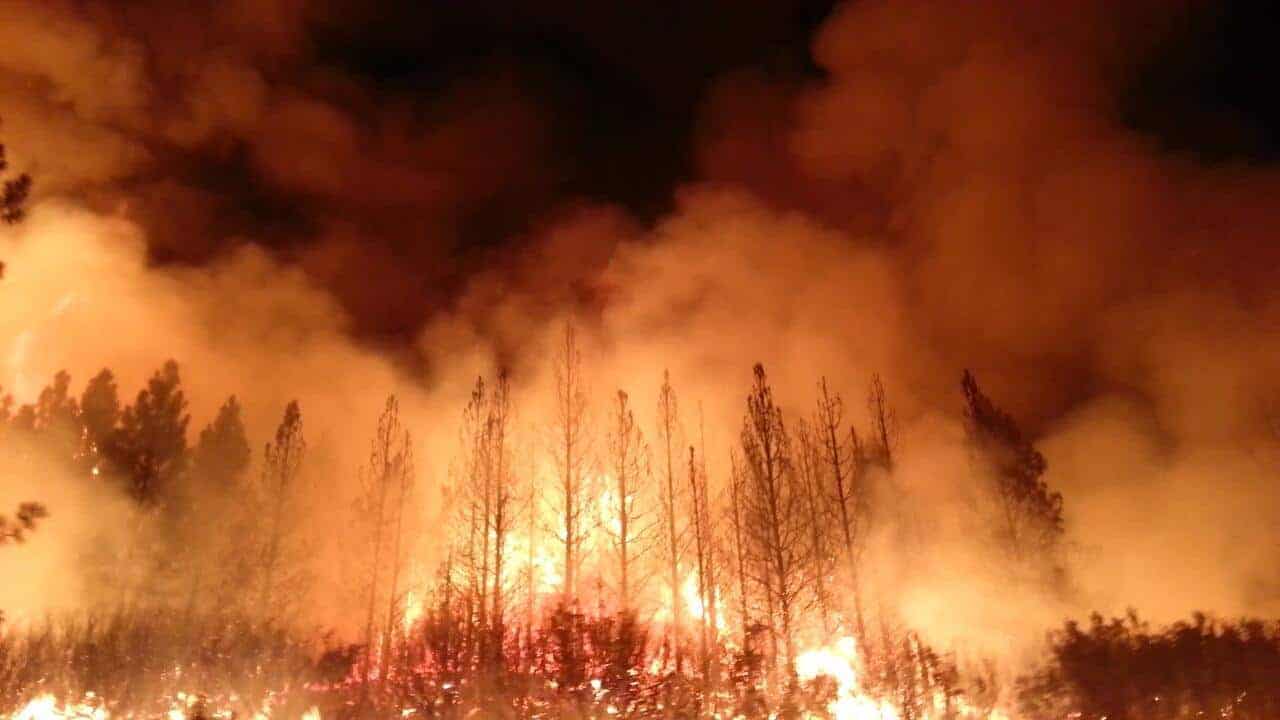
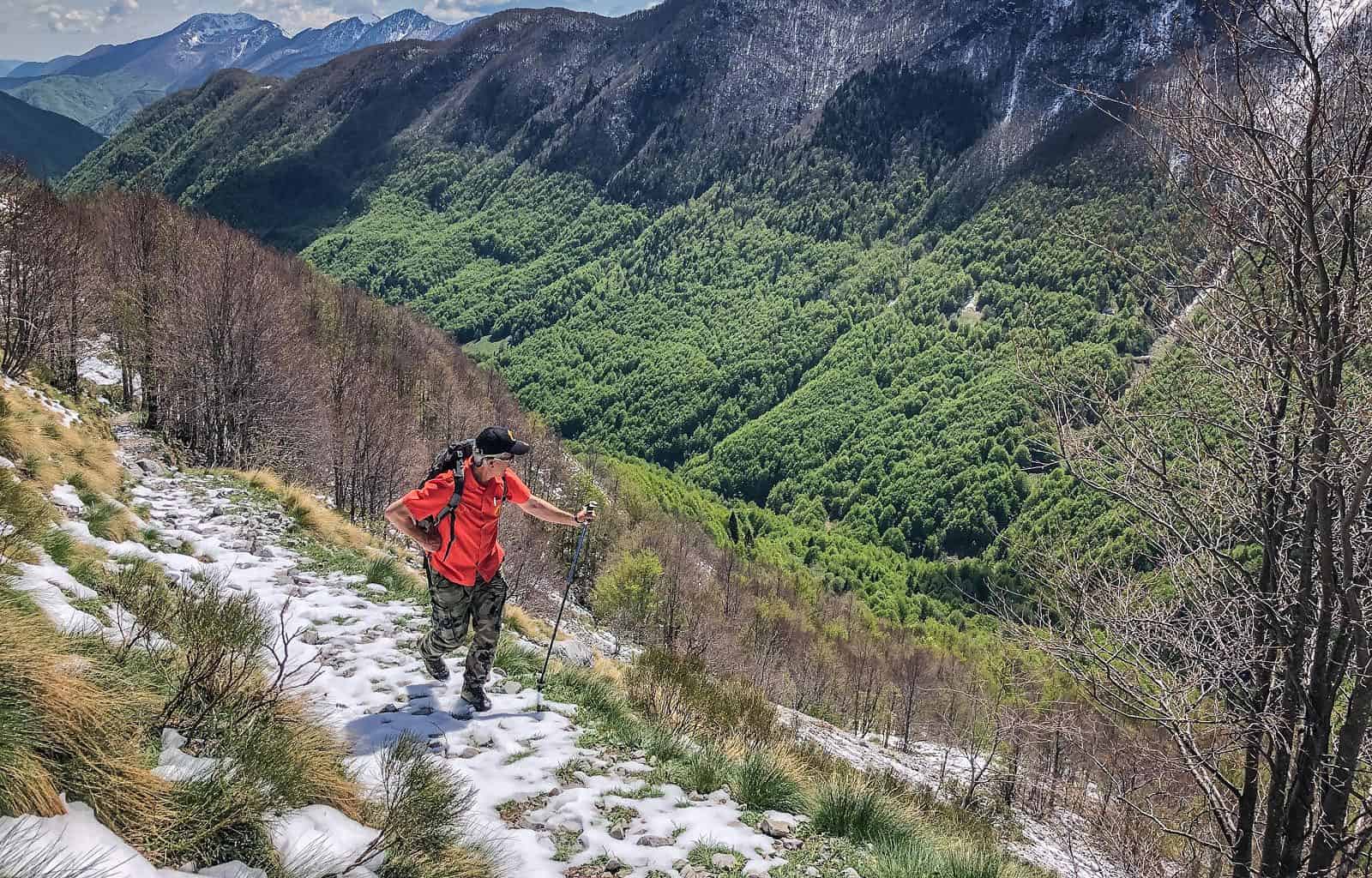
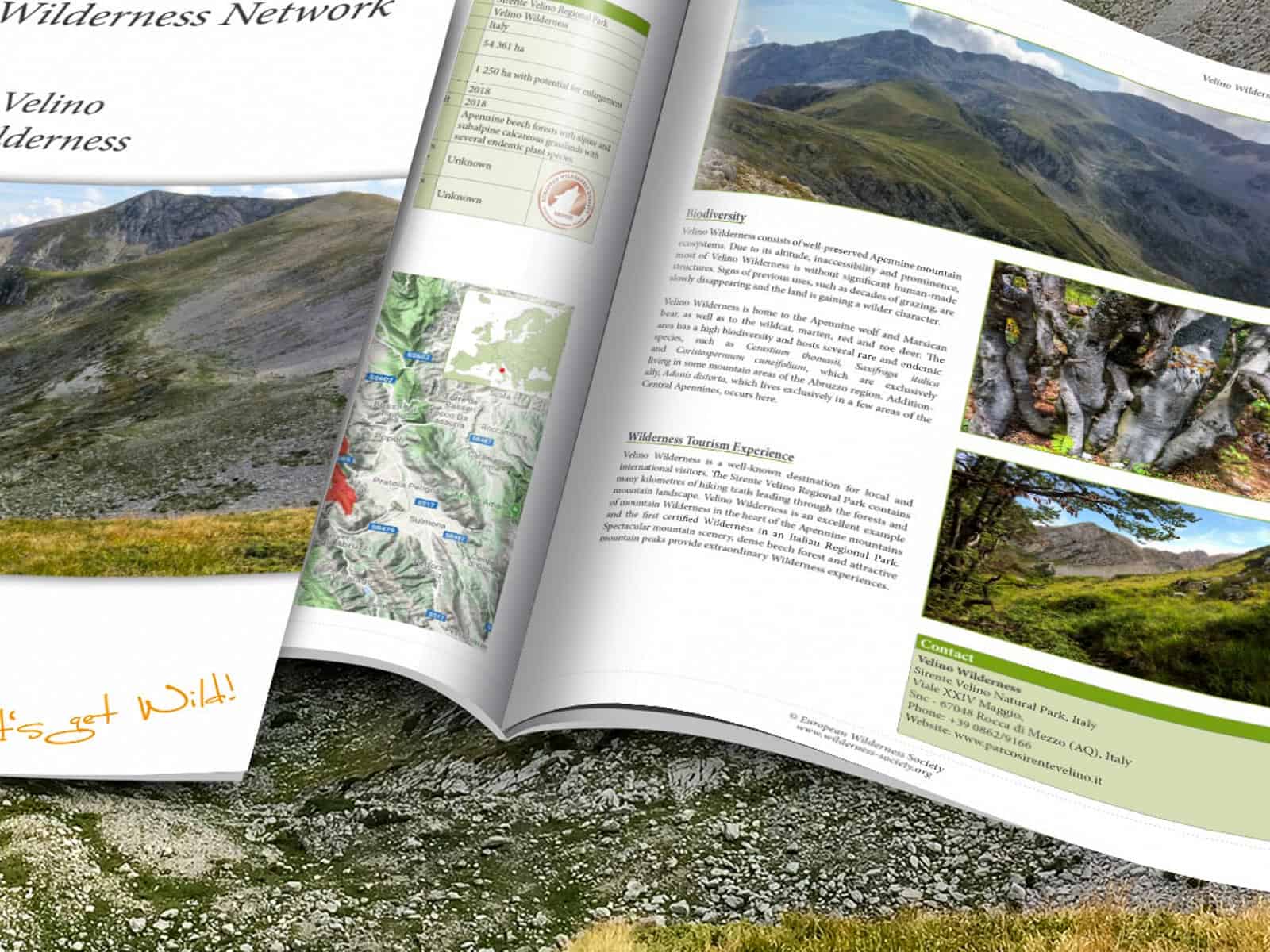

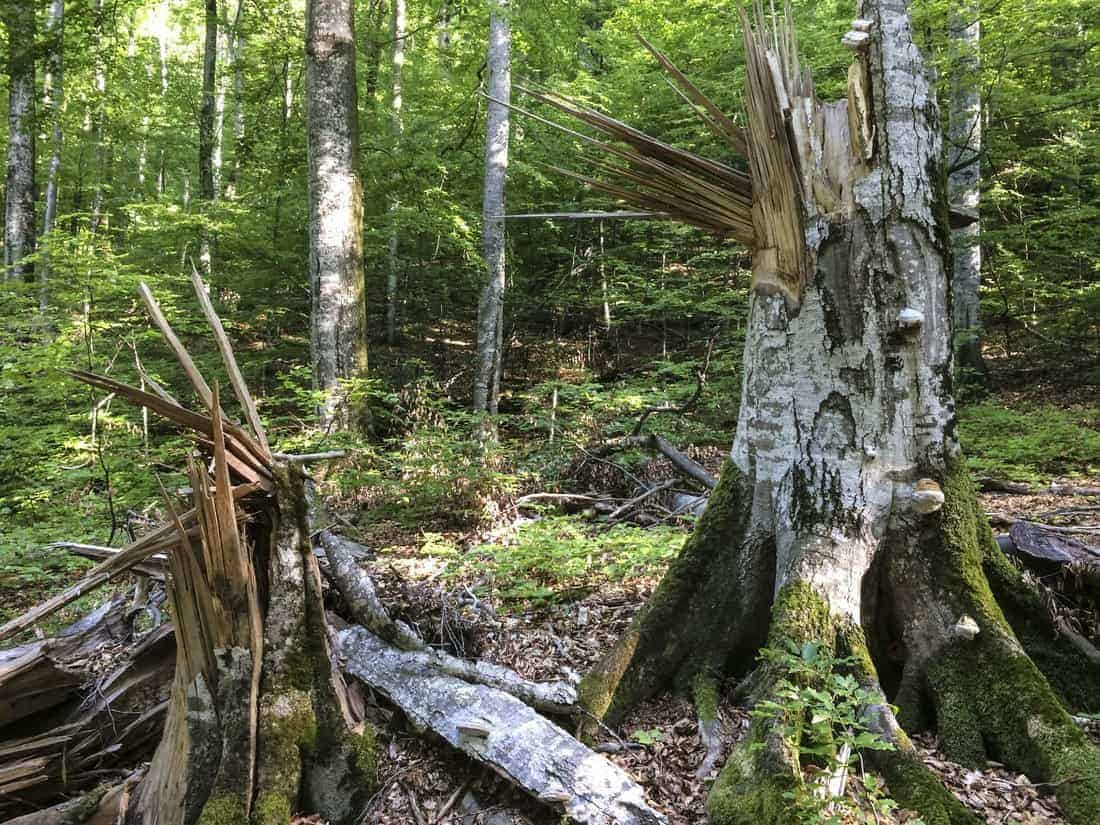

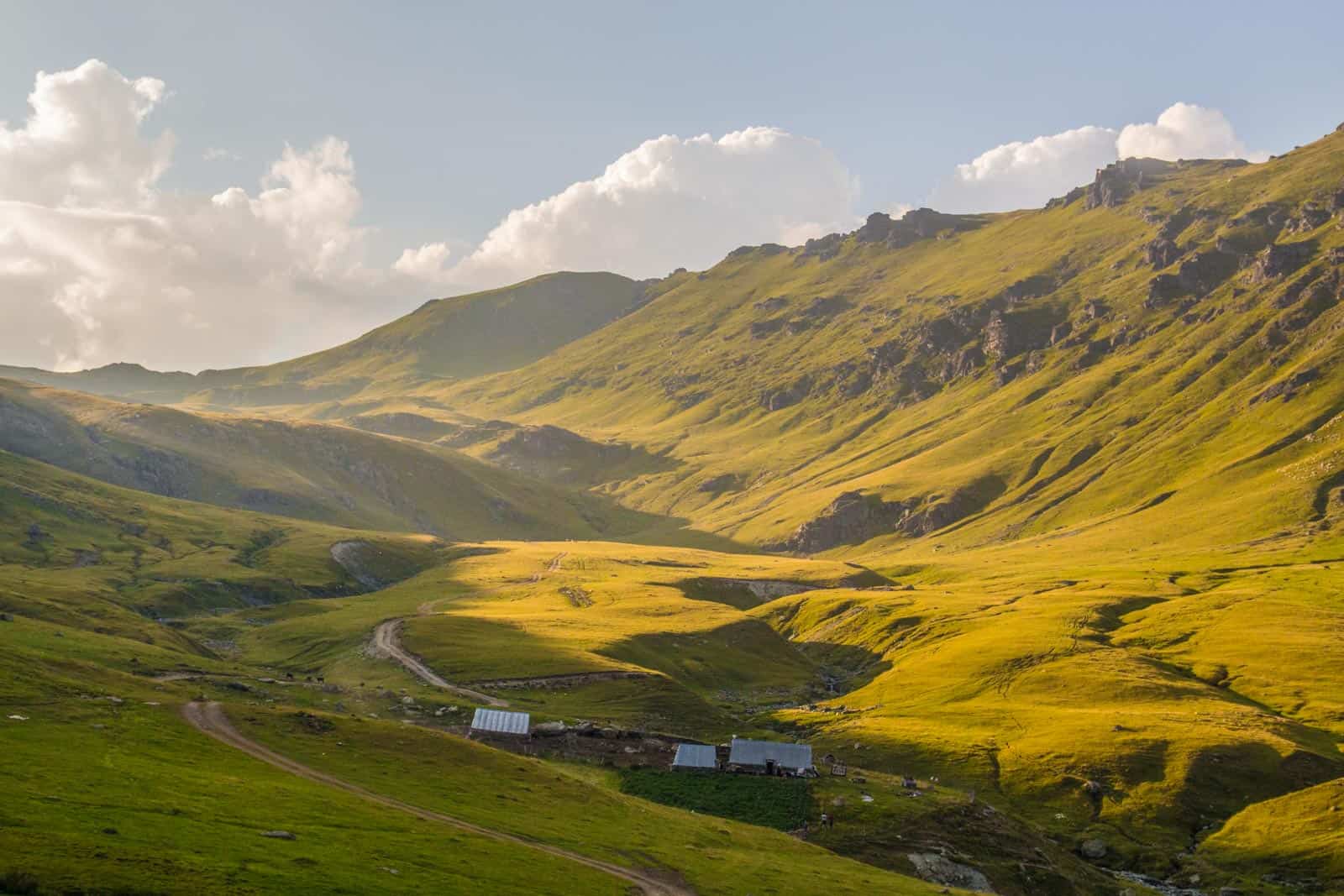
Yes, non physical intervention by humans is very important for the existence of wilderness, Without it for example natural vegetation succession can continue. The idea that humans are so superior to everything on earth is what largely motivates the notion that they must physically intervene everywhere including in wilderness areas. Take for the example of a remote island which has never been inhabited by humans. The interventionist follower says ‘oh, but we must go there and have burn offs’. Before humans developed the earth and its natural processes was quite able to exist without them. If wilderness areas are big and remote enough they can be the same.
I prefer the notion of “rewilding” over “wilderness”. Rewilding allows for you to tackle erosion in streams like they do at the “Mulloon institute” in Australia. Restore the ponds, the water table and THEN allow for rewilding. The resulting wilderness is because of the ecological processes kicking in. Yes, it is fine to bring back the missing species, replenish the seed bank so that they can play their role in processes of that ecosystem.